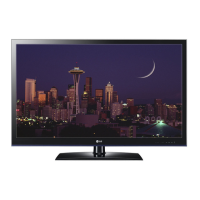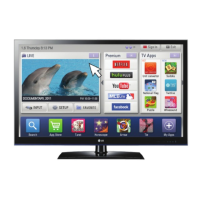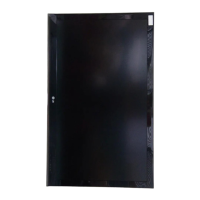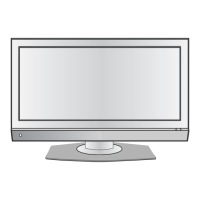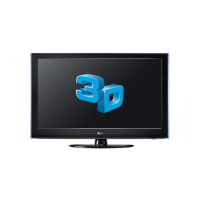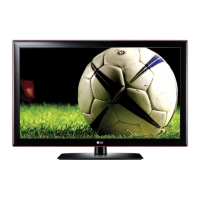Why are subtitles not showing on my LG LED TV?
- AAlexandra MorenoAug 31, 2025
If the subtitle is not working on your LG LED TV, first check if the file plays normally on a PC to ensure it's not damaged. Then, verify that the video file and subtitle file have the same name and are located in the same folder. Finally, confirm that the subtitle file and the language are supported by the TV.



